Two years have passed since the Republic of Afghanistan became the Islamic Emirate of Afghanistan. But who is ruling Afghanistan? How far the world knows and understands the rulers of Afghanistan? Are they really the Taliban 2.0 as they are perceived? If our memory of the Taliban of the 90s serves us right, the Islamic Emirate is certainly not under the rule of that violent and ruthless group. Quite the contrary, the relatively new rulers seem equipped with maintaining law and order without harming the citizens; instead protecting them. So, what is new about the new rulers of Afghanistan and what is only a mirage and delusion of new?
What Has Changed?
As opposed to the hardliner, not-open-to-any-communication Taliban of the 90s, the IEA is more pragmatic.
This pragmatism is most reflected in their willingness and eagerness to sit across the table and talk. The very first hints of this change in the Taliban date back to the Doha Peace Agreement of 2020. Their ability to negotiate a settlement speaks volumes; the most obvious outcome of that negotiation being the IEA coming to power, two years later. It only affirms that the new rulers of Afghanistan know how to achieve their goals through dialogue. The past two years have only confirmed and demonstrated their openness in diplomacy.
What Has Not Changed?
But we see a very different side of them when it comes to Afghan women. The pragmatic and modern new rulers suddenly slide to the low-lit, dark side of the curtain. Two long years have passed and Afghan girls and women are nowhere in the priority policy framework of the IEA. Banned from schools, banned from work; the IEA’s dialogue space shrinks and turns into a no-cross line when it comes to female education in the country. The imprint of the 90s is photocopied and replicated as it is and no distinction can be made between the Taliban 1.0 and 2.0.
Traditionalism in the IEA
In the 90s, certain ethnicities especially the Hazaras became the worst victims of violence at the hands of the Taliban. Contrary to this, today’s Afghanistan is comparatively safer for the diverse ethnicities that inhabit the country. This transformation reveals that the IEA now sees itself as the legitimate ruler with a responsibility to transcend a narrow group identity and include as many Afghans as it can. While this is a big step up from their predecessors, it is still not a complete transformation.
The fact that the Taliban are ethnically Pashtun ties the hands of the IEA in certain matters.
A good case in this regard is its relations with Pakistan. Even being in the closest geographical proximity and interconnectedness, the history of troubles that the Afghan ethnic Pashtuns have regarding Pakistan hinders the IEA to redefine the bilateral relationship in a way that optimizes the potential that mutual cooperation holds. Carrying the burden of history, the IEA has not been able to respond to the concerns that Pakistan periodically raises about the presence of the banned militant outfit, Tehrik e Taliban Pakistan (TTP), in Afghanistan. This reluctance is rooted in the affiliation the ethnic Pashtun of the IEA attach to the Pashtuns that make the ranks and files of the TTP.
It also remains to be seen how well-equipped the IEA is to keep up with the misinformation/isinformation age. A lot has changed in the information landscape since the last rule of the Taliban. Doing groundwork in the right direction is just one part of effectively running the country. Putting down propaganda and nullifying fake information is also part of the challenge. There definitely are certain ways in which the Taliban have evolved. But there are other ways too in which they still are conservative and traditionalist, and not open to change. As much as their pragmatism is benefitting them, their stubbornness in some matters is causing concern. The third year in power will tell if Taliban 2.0 is a half myth or a complete myth.
Your go-to editorial hub for policy perspectives and informed analysis on pressing regional and global issues.
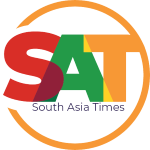
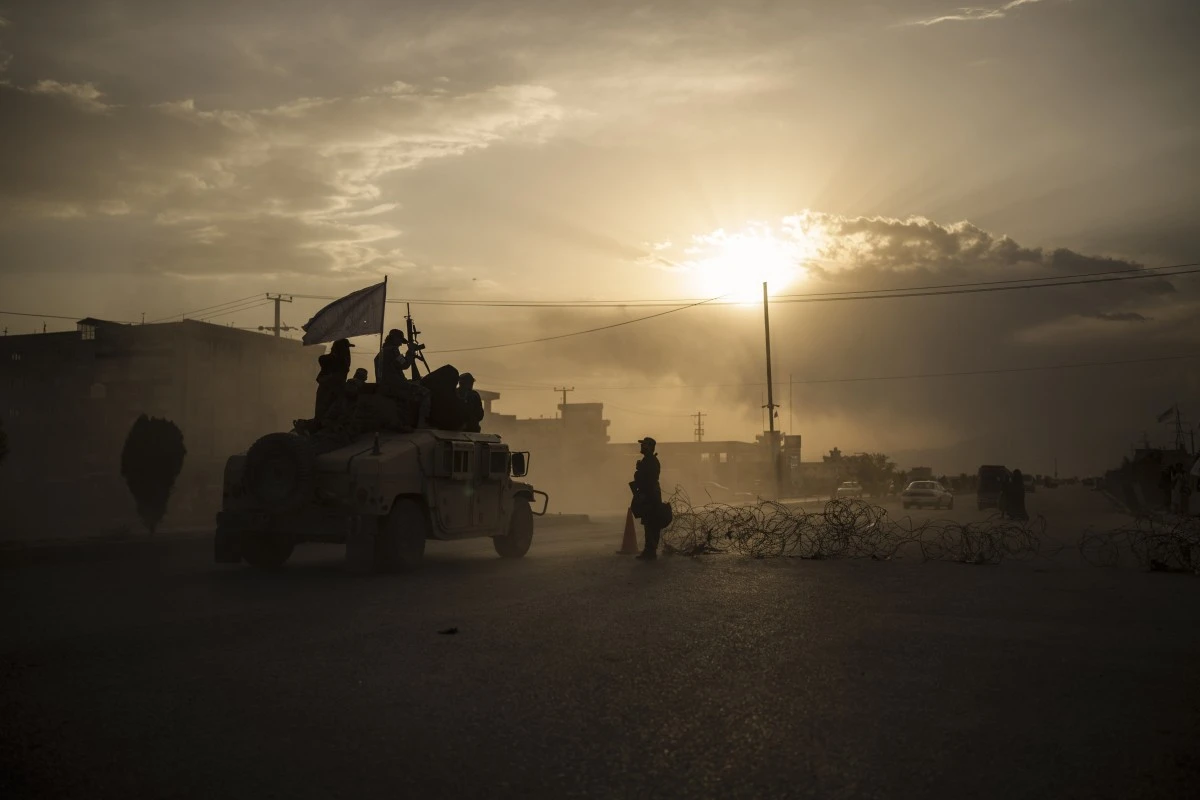
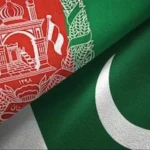
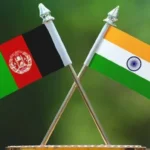
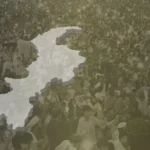
Add a Comment